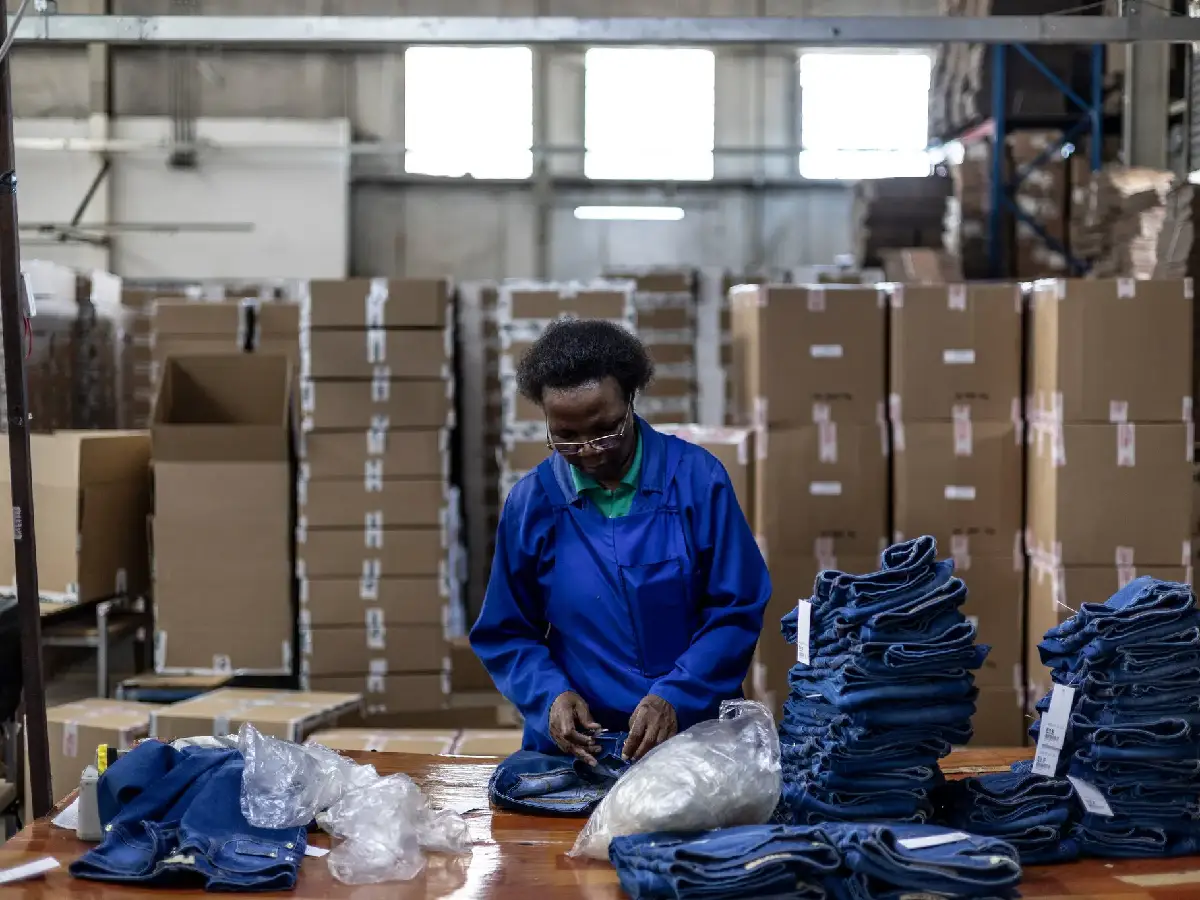As the U.S. economy grapples with persistent inflation and elevated interest rates, a new potential challenge looms on the horizon: the impact of tariffs. The introduction or escalation of tariffs could trigger fresh price hikes and exert downward pressure on employment, complicating the economic landscape further.
Despite the hurdles posed by inflation, which has seen consumer prices soar, the U.S. economy has demonstrated a robust resilience. The labor market remains strong, with unemployment rates staying low and job openings high. However, the steadiness of this economic fortitude is being tested as businesses and consumers alike feel the pinch of increased costs.
High interest rates, implemented as a measure to temper inflation, have added another layer of complexity. These rates affect borrowing costs for individuals and companies, influencing everything from mortgage rates to business loans. The intent is to cool down spending and, by extension, reduce price pressures. While this strategy has its merits, it is not without its challenges, particularly for sectors sensitive to interest rate changes.
Enter the factor of tariffs. Tariffs are essentially taxes imposed on imported goods and, sometimes, on exports. Their primary aim is to protect domestic industries from foreign competition, increase government revenues, or retaliate against unfair trade practices by other nations. However, while they can benefit specific sectors by providing a competitive edge against cheaper imports, tariffs often lead to increased prices for consumers and businesses that rely on imported goods.
For instance, if tariffs are imposed on steel, this would not only affect the cost of imported steel but also ripple across various sectors that use steel, such as construction and automotive manufacturing. Businesses facing higher input costs might pass these costs onto consumers, leading to overall price increases in the economy. Furthermore, if foreign countries retaliate with their own tariffs, it could lead to a decrease in demand for U.S. exports, impacting American jobs and businesses.
Another significant concern with the introduction of tariffs is their impact on the supply chain. Over the past few years, global supply chains have been under significant strain due to various factors, including the COVID-19 pandemic and geopolitical tensions. Tariffs could exacerbate these challenges, leading to shortages and delays, which in turn could fuel inflation further.
The employment landscape could also feel the effects of tariffs. While certain sectors might benefit from protective measures, overall, the job market could suffer if businesses need to cut costs or face declining sales. Higher production costs can lead to decreased profitability for companies, which might halt expansion plans or even lead to layoffs.
Moreover, the impact of tariffs is not uniform. Different industries and different regions of the country could be affected in diverse ways depending on their reliance on imported goods and their export profile. This could lead to a patchwork of economic effects, with some areas experiencing growth and others facing decline.
In conclusion, while the U.S. economy has shown remarkable resilience in dealing with inflation and high interest rates, the potential introduction of tariffs could introduce new complexities. It is vital for policymakers to weigh these factors carefully, considering both the short-term gains for specific sectors and the long-term overall health of the economy. A nuanced approach, one that involves dialogue with international partners and a clear strategy for shielding the most vulnerable sectors and groups, will be essential to navigate through these potentially turbulent economic waters.










